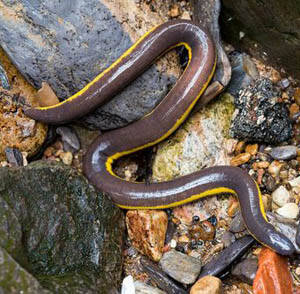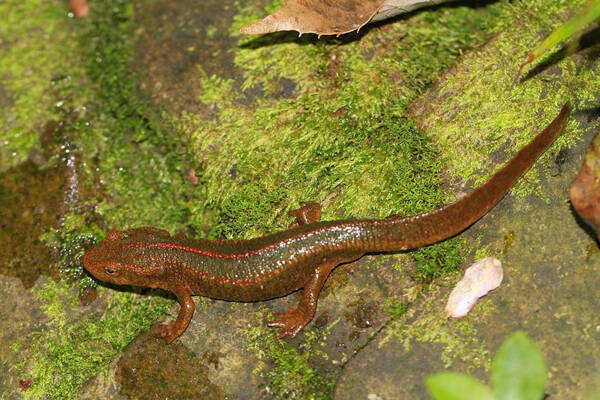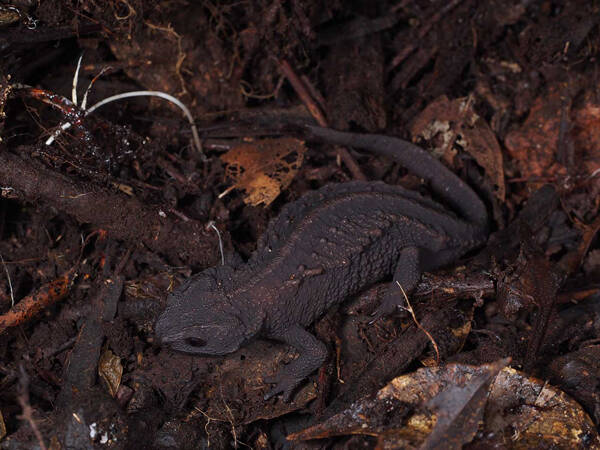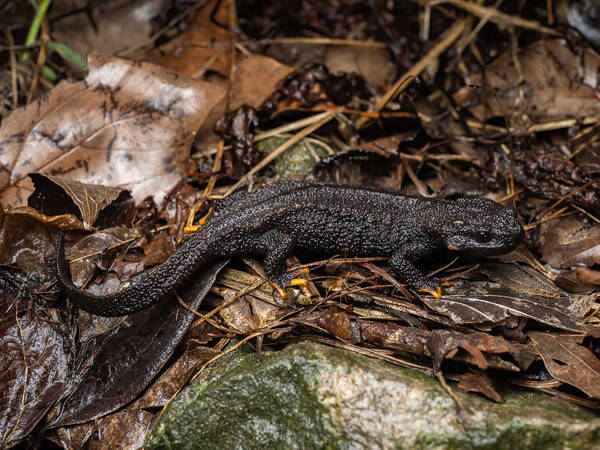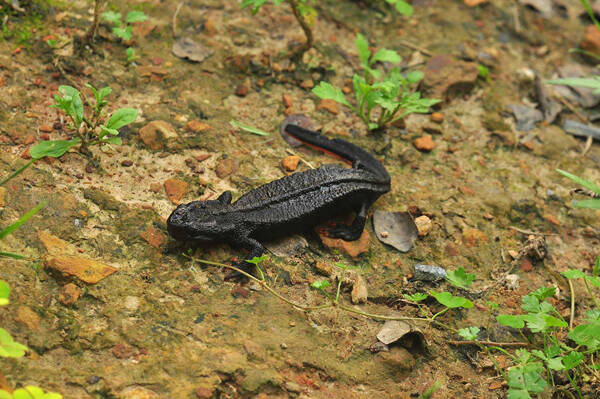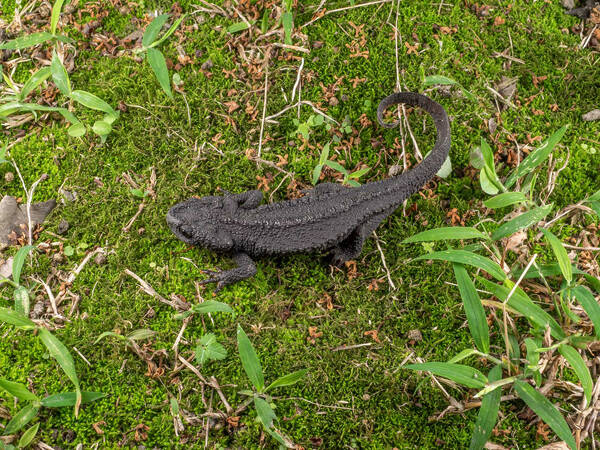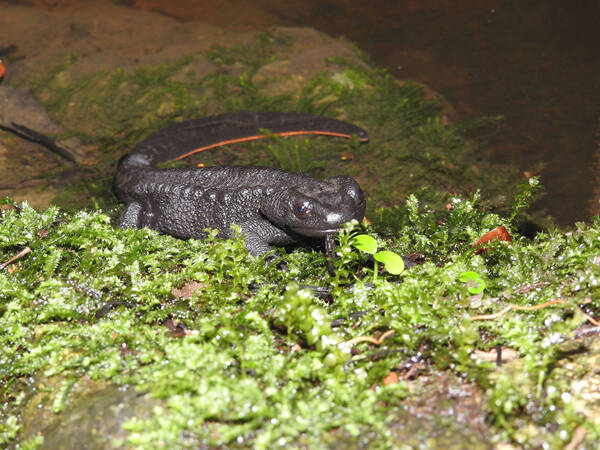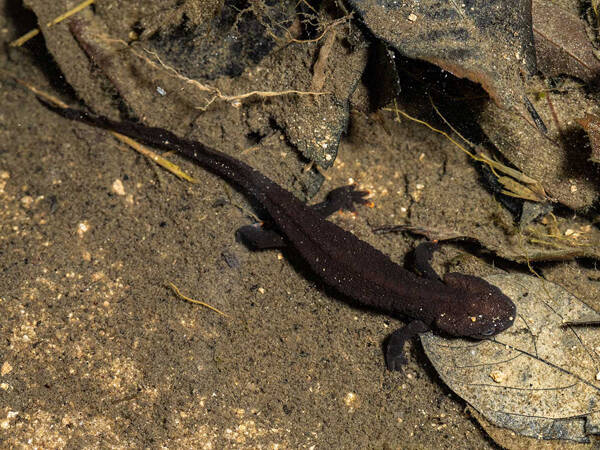Cynops orientalis
IUCN
LCBasic Information
Scientific classification
- name:Cynops orientalis
- Scientific Name:Oriental Salamander, Chinese Fire Dragon, Brazilian Fire Dragon
- Outline:Urodela
- Family:Urodela Salamandridae Cynops
Vital signs
- length:The male newt is 66 mm in length, while the female newt is about 80 mm in length.
- Weight:Adult: about 30-40g
- lifetime:5-10 year
Feature
Contains tetrodotoxin.
Distribution and Habitat
Mainly distributed in Henan (Shangcheng, Xinyang, Tongbai, Dabie Mountains), Hubei (Huangpi, Wuxue, Qizhou, Xiaogan), Anhui (Guangde, Xuancheng, Nanling, Ningguo, Jixi, Shexian, Xiuning, Qimen, Dongzhi, Shitai, Guichi, Qingyang, Taiping, Jingxian, Yixian, Jiuhua Mountain, Jinzhai, Wuhu, Huoshan, Yuexi, Taihu, Qianshan, Congyang), Jiangsu (Nanjing, Yixing, Suzhou, Qixia Mountain), Zhejiang (Yuhang, Yiwu, Jinyun, Longquan, Suichang, Lishui, Yueqing, Wenzhou, Wenling, Linhai, Tiantai, Jiangshan, Jinhua, Zhuji, Hangzhou, Huzhou, Changxing, Anji, Jiaxing, Huangyan, Xiaoshan, Xianju, Jiande, Deqing, Qingtian, Yunhe, Quxian), Jiangxi (Lushan, Jiujiang, Nancheng), Hunan (Wugang, Changsha, Pingjiang, Liuyang, Miluo, Zhuzhou), Fujian (Da'an in Wuyishan).
Oriental salamanders live in mountainous areas at an altitude of 30 to 1000 meters, often inhabiting muddy swamps, still ponds, spring pools, rice fields and nearby ditches with abundant water plants.
Appearance
The male newt is 66 mm in length, while the female is about 80 mm. The head is flat, with the length of the head greater than the width; the snout is blunt and round, with obvious snout ridges and slightly oblique cheeks; the nostrils are close to the snout, with the distance between the noses smaller than the eye diameter or the distance between the eyes, and the eye diameter is almost equal to the snout length; the upper lip fold is more obvious near the corner of the mouth; the vomerine tooth row is "eight" shaped; the tongue is small and thick, oval, and occupies about 1/2 of the bottom of the mouth, free on both sides. The trunk is round, and the back is flat or slightly raised. The limbs are slender, and the tips of the fingers reach the nostrils when the forelimbs are extended forward; when the forelimbs and hind limbs are close to the body, the tips of the fingers and toes overlap each other; the fingers and toes are slender and slightly flat, with blunt tips and no w
Details
The appearance of the Oriental Salamander is similar to that of the Blue-tailed Salamander (Cynops cyanurus), but the Oriental Salamander has a flat or slightly raised back; the skin is smoother, the palms are prominent or not prominent; there is no orange-red spot below the eyes; the front half of the anus is orange-red, and the back half is black.
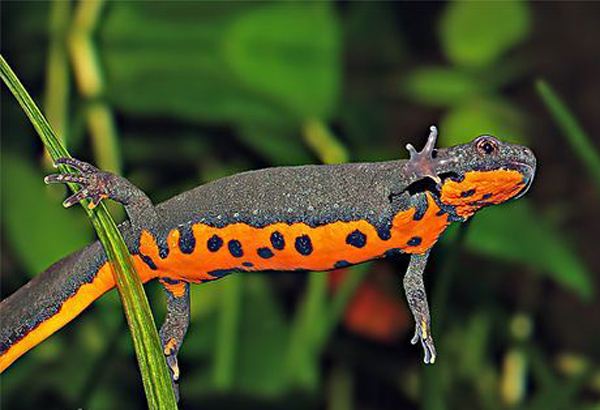
The Oriental Salamander has a certain ecological role in eliminating farmland pests and mosquito larvae that endanger human health. At the same time, it is also a good experimental animal.
According to the Chinese Medicinal Animals (1983), the whole body can be used for medicinal purposes, containing proteins, peptides, amino acids, fats, etc. The testicles contain △5-3β-hydroxysteroid dehydrogenase, and the brain contains luteinizing hormone-releasing hormone. It has the effects of dehumidification, antipruritic and analgesia. It is mainly used to treat skin pruritus, scalds and burns, etc. It can be dried over a low fire or used fresh.
There is a highly toxic substance under the skin, called tetrodotoxin, which is the most toxic toxin found in the world. One milligram can kill an adult. The toxin is under the skin and is generally not released. Therefore, it can only be used for viewing and is not recommended for pets.
The main threat is habitat destruction and degradation caused by the expansion of infrastructure development, agriculture and pollution. This species is also traded in the domestic and international pet markets.
Listed in the IUCN Red List of Threatened Species in 2004, ver 3.1 - Least Concern (LC).
Listed in the List of Terrestrial Wildlife with Important Economic and Scientific Research Values under State Protection issued by the State Forestry Administration of China on August 1, 2000.
Listed in the List of Aquatic Wildlife under Key Protection at the Provincial Level in Jiangsu Province.
Protect wildlife and eliminate game.
Maintaining ecological balance is everyone's responsibility!

